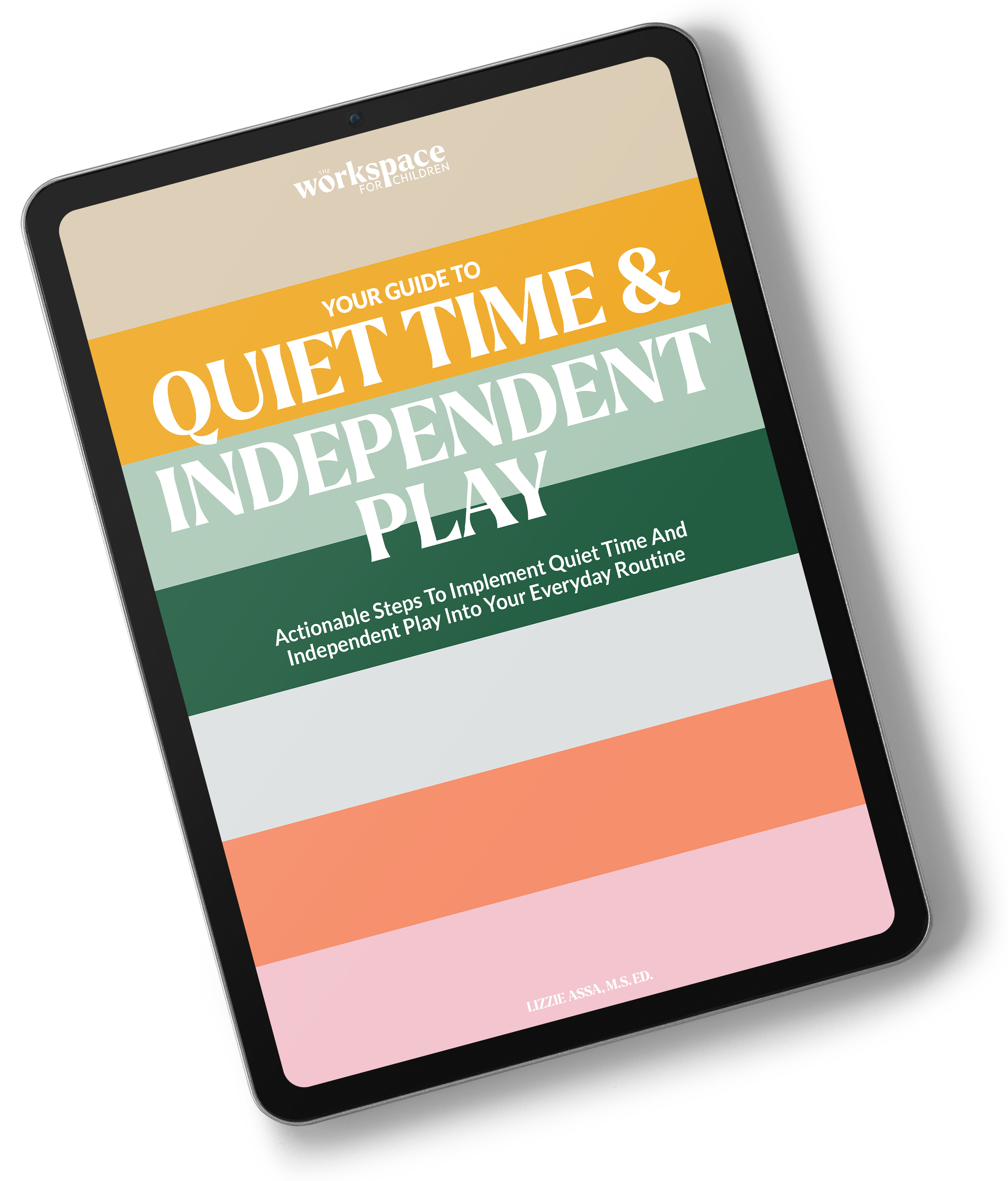How Declining Play Can Benefit Your Child (and You)
/How to Set Limits and Encourage Independent Play with Your Child
Are you constantly being asked to play by your child? It can be a difficult balance to strike between saying yes and setting limits, but encouraging independent play is important for your child's development and your own well-being. In this post, we'll explore the benefits of independent play and provide tips for setting boundaries and encouraging your child to play independently.
The Benefits of Setting Limits on Playtime
Do you find yourself constantly saying yes to playtime with your child, but then not fully engaged during the activity? It's understandable to want to be available to your child and meet their needs, but constantly saying yes to playtime without being fully present can actually lead to a lack of authentic connection. This lack of connection leads to your child asking for more and more, then you getting annoyed, and your child continuing to seek attention.
You can say no to your child's request to play when you are not willing or able, and say yes when you are feeling up to it. By taking care of your own needs first, you can be fully present and connected with your child during playtime. This helps your child feel secure and confident in their ability to play independently when you are not around.
When you are fully present and attentive during playtime, your child will feel satisfied and will not feel the need to constantly seek more attention.
How to Decline Play
You may be thinking, “That sounds great, but how do I get there?”.
The first thing to know is this: It’s okay to say no to playing with your child. Saying no to your child is what helps them learn boundaries and limits, and also aides in their emotional development.
Here are 6 ways to decline your child’s request to play (and avoid the burnout!):
I can help you get started, and then I’m going to do my work while you do yours.
I will sit near you while you play, but I am not able to play together right now.
Right now it’s your turn to play by yourself, and after dinner, we can play together.
I’m working on folding the laundry right now. You can play near me if you’d like.
Instead of playing unicorns, let’s read a book together.
I’m not able to play now, but I can help you make a list of ideas that you can do by yourself.
Encouraging independent play is important for all children, even those who may be reliant on screens for entertainment. While it's important to recognize that each child is different and that what works for one may not work for another, there are strategies you can use to help your child learn to play independently. However, all children are different and what works for one child won’t necessarily work for all children (even siblings!).
Remember: It’s better to be fully present with your child for shorter periods than it is to be half-in all of the time.
Keep up with more Workspace for Children content, follow along on Instagram by clicking HERE.
SUBSCRIBE TO MY NEWSLETTER
WANT TO SEE MORE BLOGS LIKE THIS ONE? GREAT! CHECK OUT THE POSTS BELOW!
CHECK OUT OUR EBOOKS
QUIET TIME AND INDEPENDENT PLAY EBOOK
This downloadable ebook is your personal guide to Quiet Time and Independent Play. This ebook will teach you the basic steps to implementing a Quiet Time and Independent Play strategy that works. The guide teaches you my proven 5 step method for implementing a daily break without using screens. (Guide includes 5 bonus invitations to play.)
THE HITTING HANDBOOK
Get UNSTUCK. Stop waiting for your child to outgrow the hitting phase. Feel confident heading to the park or the playdate. This 5-step method teaches you how to use play to connect with your child and set clear and firm limits and boundaries around hitting at home and beyond.















Ultimate Mother's Day Gift Guide: I’ve curated the perfect gift guide for any special woman in your life!